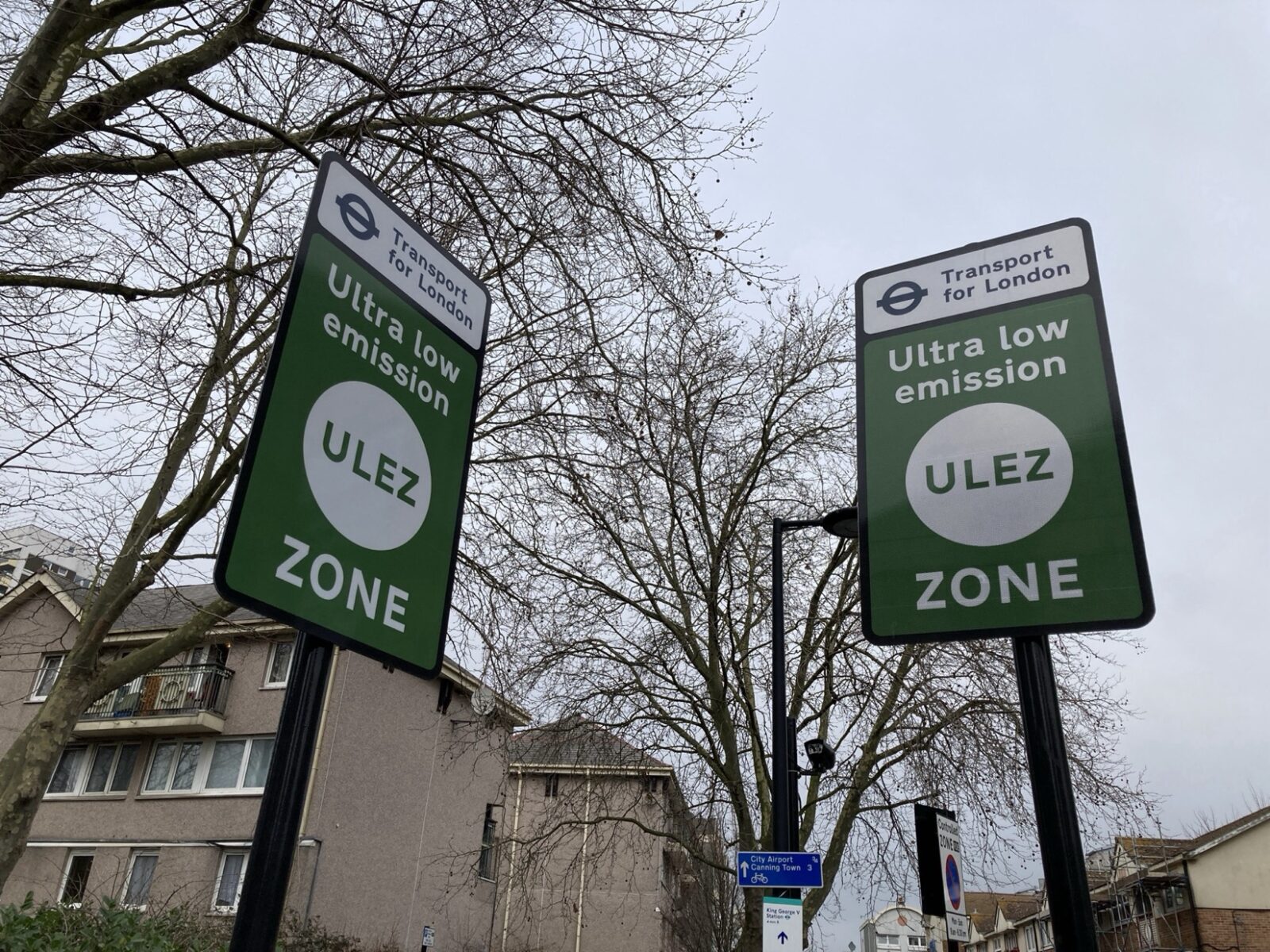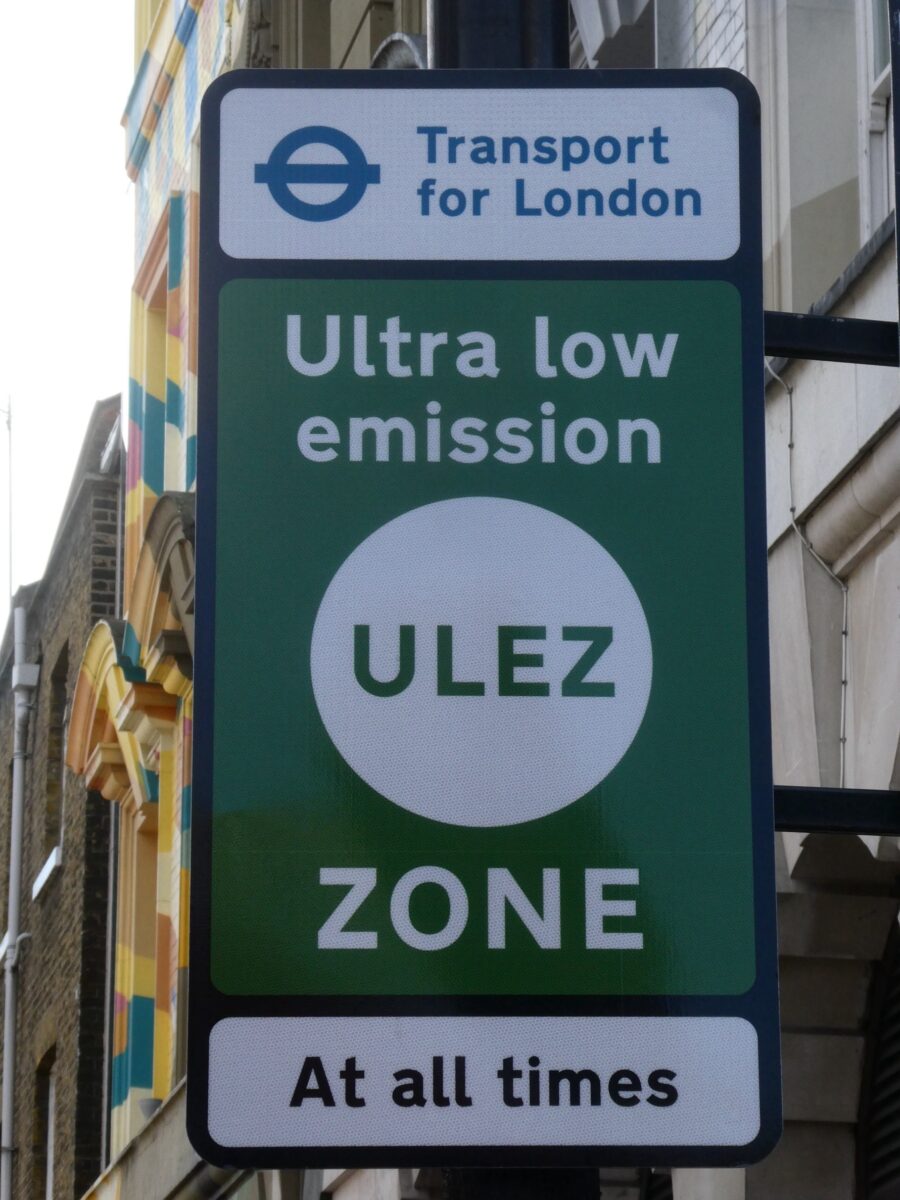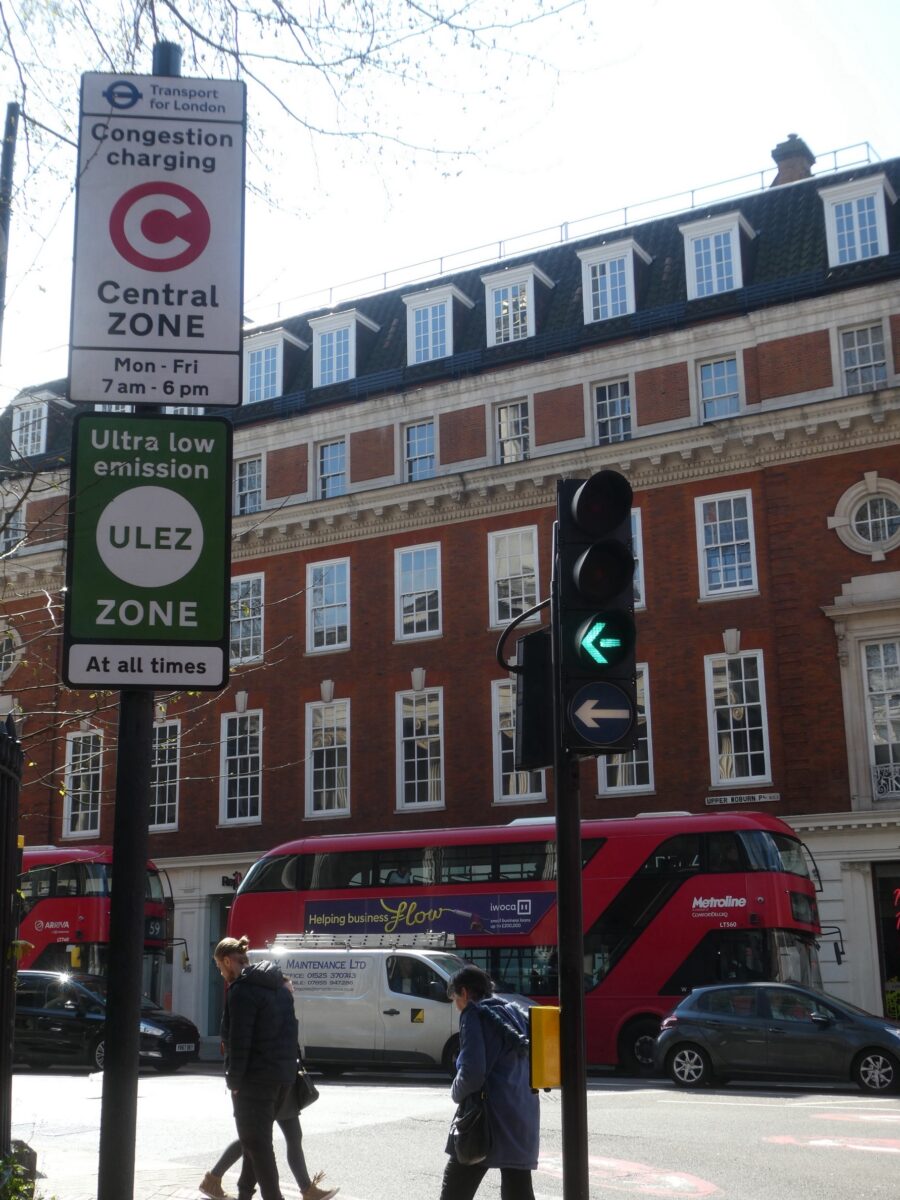Jamie Furlong Research



Road Traffic Injury Impacts of Clean Air Zones/Low Emission Zones
Funded by Road Safety Trust
THE ROAD SAFETY TRUST has a vision for zero deaths and injuries on UK roads. Yet, DfT statistics suggest that road casualties are showing signs of returning to pre-Covid levels, with 135,480 casualties of all severities in 2022.
One policy that aims to reduce the number of (polluting) motor vehicles in urban areas is Clean Air Zones (CAZs). CAZs, introduced by local authorities, charge owners whose vehicles do not meet emission standards. There are eight operational CAZ in England, each with the potential to make major impacts on transport in urban areas, including on the level and distribution of motorised traffic as well as participation in active travel.
This project will provide key evidence on any road safety impacts of CAZs and Low Emission Zones (LEZs) as well as how these vary across different schemes and by travel mode, road type and injury severity. We will assess whether there is a change to the number of road traffic injuries (RTIs), compared to expected values (based on control areas), but also the extent to which there are fewer fatal and serious injuries. This evidence is important both as these schemes cover a substantial number of urban areas, but also because they are planned for more areas, including Manchester and possibly Cardiff.
This project will quantify benefits and provide evidence for the cost benefits of implementing future schemes, while quantifying any disadvantages (such as displacement of injuries). Analyses of policy documents will allow us to assess how seriously road safety is taken in the planning and monitoring of these schemes, and collaboration with local stakeholders will allow consideration of how any negative impacts can be minimised. These findings will be valuable to individual road users through the targeting of support and other infrastructure measures to keep them safe when using the roads.
